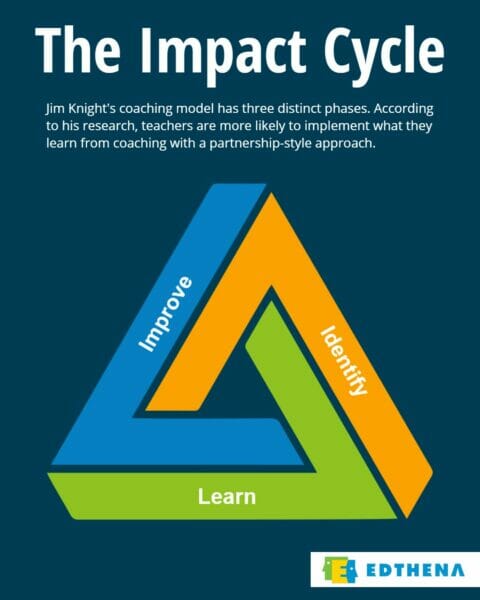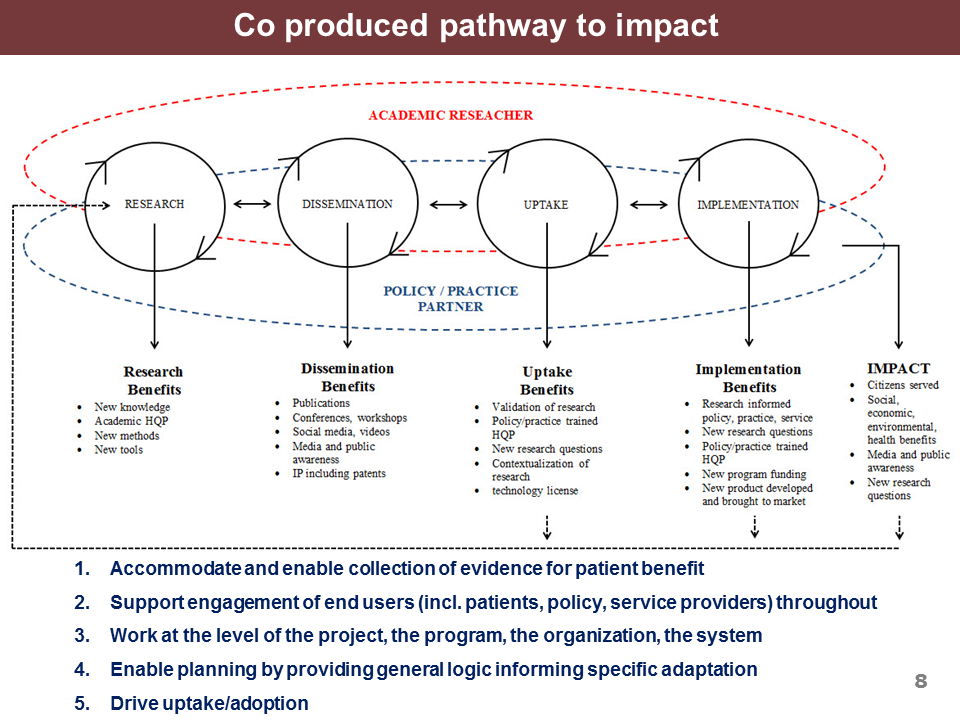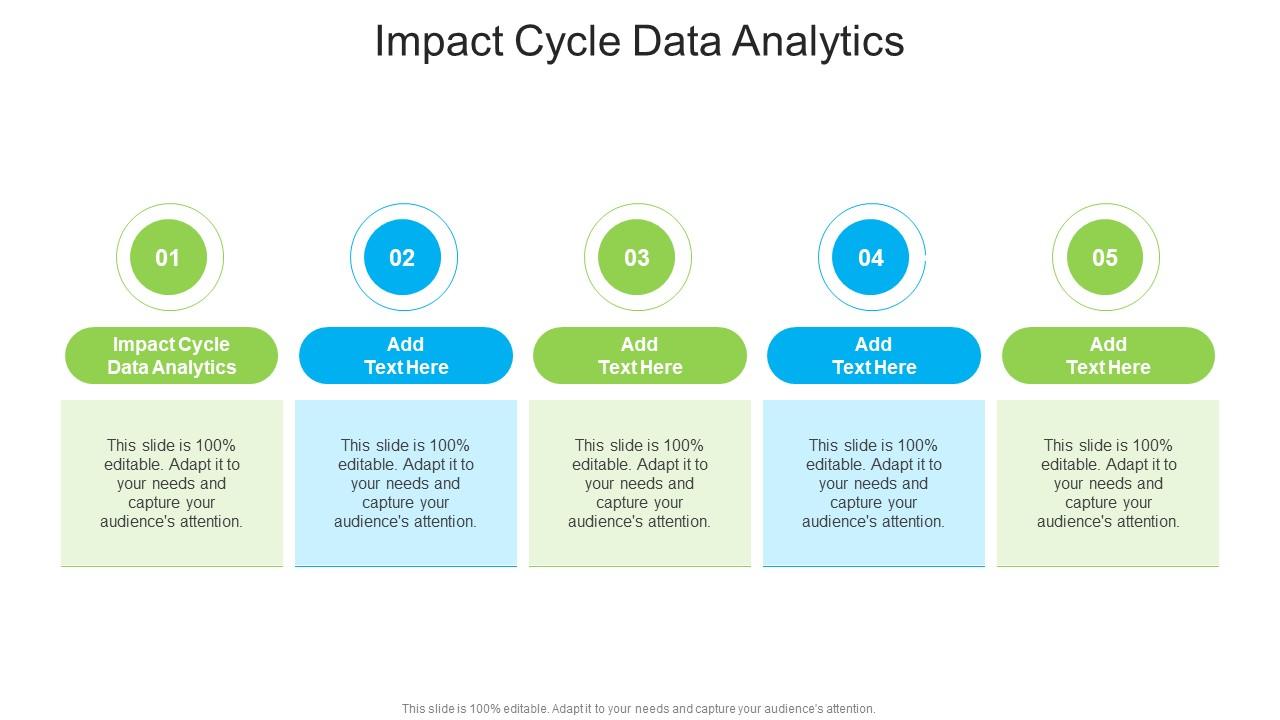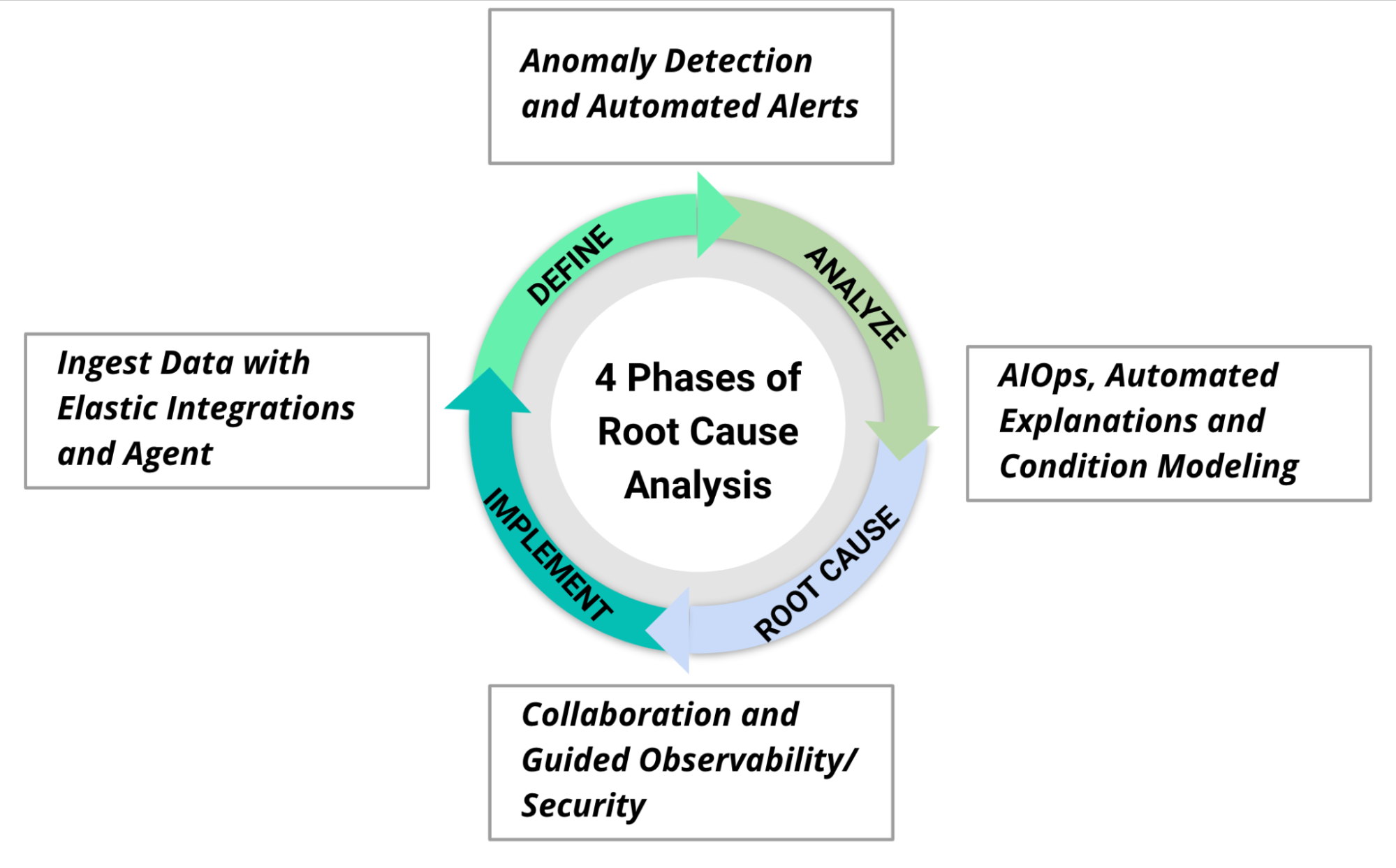The Impact Cycle Specifically Includes All Except The Following Steps

Educational circles are buzzing with debate over a recent clarification regarding the Impact Cycle, a popular framework for instructional coaching and teacher development. The controversy centers on precisely which steps are essential to the cycle, with some educators arguing that certain components are frequently misinterpreted or unnecessarily added, diluting the framework's effectiveness.
At the heart of the debate is the Impact Cycle's core components, designed to create a structured and supportive environment for teachers to improve their practice. While variations exist, the fundamental steps commonly include identifying a clear goal, learning effective teaching strategies, observing classroom practice, and reflecting on the results of those strategies. The current discussion revolves around what elements are peripheral, often included but not intrinsically necessary for the cycle's successful implementation.
Defining the Core: What's In, What's Out?
The Impact Cycle, widely attributed to Jim Knight and the Instructional Coaching Group, aims to provide a practical, evidence-based approach to teacher improvement. It emphasizes collaborative partnerships between teachers and coaches, focusing on specific, measurable goals that lead to enhanced student outcomes.
Jim Knight himself has consistently highlighted the core elements: identifying, learning, improving, and reflecting. However, sources suggest that interpretations of the model often incorporate additional steps like extensive pre-observation conferences, detailed action planning forms, or formalized evaluation protocols. These additions are now being scrutinized.
The Disputed Steps
One of the most debated steps is the mandatory inclusion of pre-observation conferences. Some educators argue that while beneficial in certain contexts, requiring a formal pre-observation meeting for every cycle can be time-consuming and may not always be necessary. Instead, a more flexible approach that allows for ad-hoc conversations and targeted support is seen as more effective.
Another point of contention revolves around highly structured action planning documents. Proponents of a leaner approach suggest that overly detailed plans can stifle creativity and limit teacher autonomy. A focus on clear, concise goals and adaptable strategies is favored by some, allowing teachers to respond more effectively to the dynamic needs of their students.
Furthermore, the integration of summative evaluation tools within the Impact Cycle has also been questioned. Many argue that the cycle should remain separate from formal performance evaluations, creating a safe space for teachers to experiment, take risks, and learn from their mistakes without fear of judgment.
The Impact on Practice
The outcome of this discussion could significantly impact how schools and districts implement instructional coaching programs. A clearer understanding of the Impact Cycle's essential steps could lead to more efficient and effective coaching practices. This includes reduced administrative burden for both teachers and coaches, allowing for a greater focus on student learning.
Streamlining the process could also encourage broader adoption of the Impact Cycle, particularly in resource-constrained environments where time and personnel are limited. By focusing on the core components, schools can prioritize the most impactful activities, ensuring that coaching efforts are aligned with student needs and district goals.
"The goal is to create a supportive environment where teachers feel empowered to take risks and innovate," said Dr. Emily Carter, a professor of educational leadership. "By focusing on the core principles of the Impact Cycle, we can ensure that coaching remains a powerful tool for teacher growth and student success."
Looking Ahead
The ongoing dialogue surrounding the Impact Cycle highlights the importance of continuous reflection and adaptation in educational practice. As schools and districts grapple with the challenges of improving teacher effectiveness and student outcomes, a clear understanding of evidence-based frameworks like the Impact Cycle is crucial.
Moving forward, experts recommend that schools engage in open discussions about their specific needs and context when implementing the Impact Cycle. By prioritizing the core principles of goal-setting, learning, observation, and reflection, while remaining flexible and responsive to teacher needs, schools can maximize the potential of instructional coaching to transform teaching and learning.
The Instructional Coaching Group has yet to release an official statement addressing these specific concerns, but stakeholders are eagerly awaiting clarification on the interpretation of the Impact Cycle.





.jpg)











